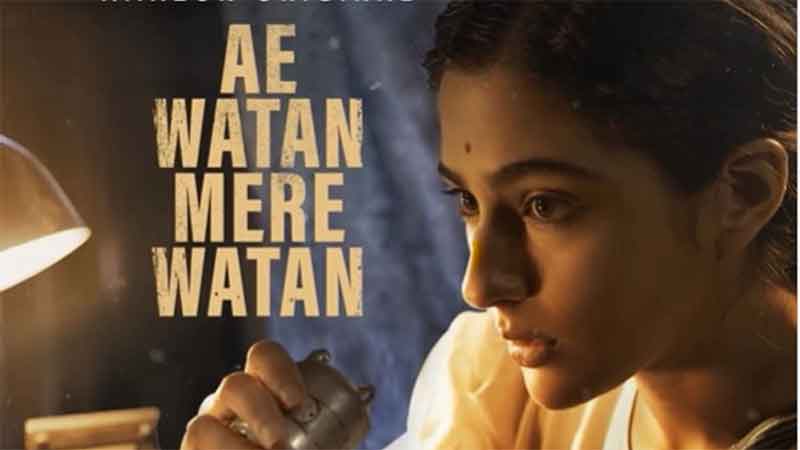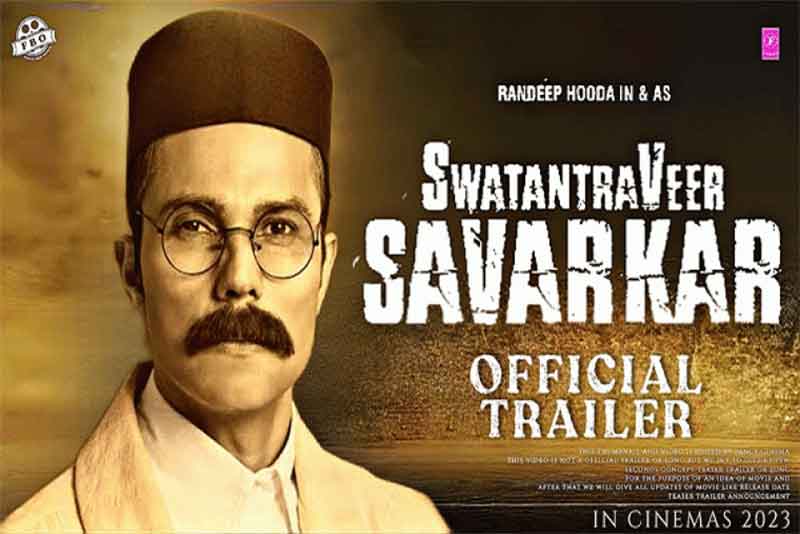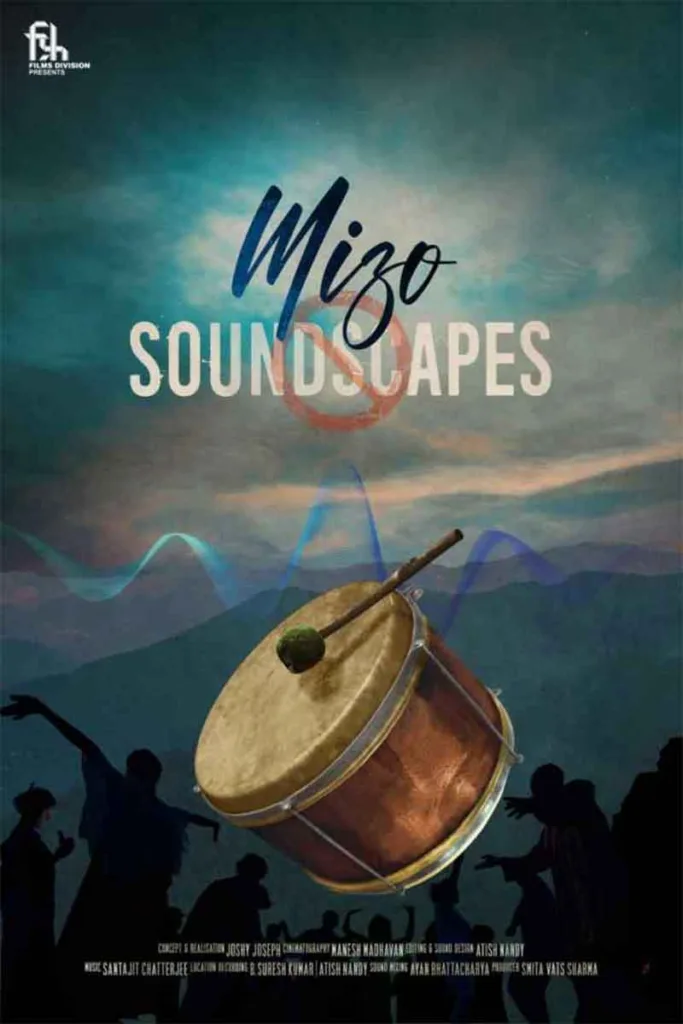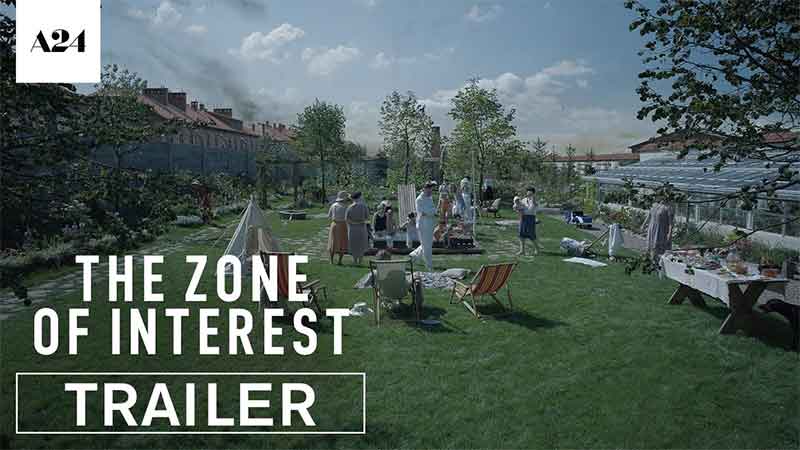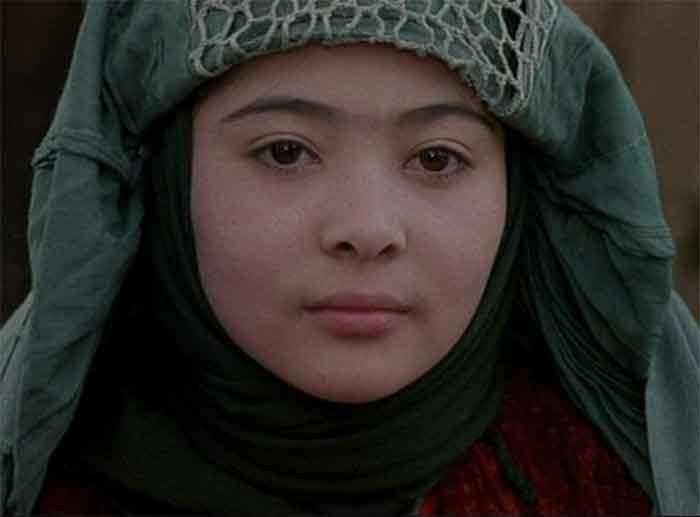
Afghanistan is making the headlines again. The anxieties have increased following an irresponsible and a rushed withdrawal of the US troops. If it is any indication of things to come, the Bagram base was ransacked after US troops left in the dead of the night, leaving Afghan army and civilians to themselves. Commentators have been projecting a deadly picture of civil war, protracted tussle and a massive exodus of people. Afghanistan, the land that was cursed by geography and used and exploited by various global powers, has no end to its misery. If only the overconfident Americans had looked back at history, they would have realized the difficulty of winning in that rough train. During the Anglo-Afghan war of nineteenth century, only a single English soldier survived, to tell the story.
However, one group of people have gone beyond the stereotypical lens of war and terrorism, to look at the humanity of Afghan people. Iran, which has received a huge number of Afghan refugees-contrary to the perception that it is the West that has taken most refugees- has had a close brush with Afghanis who work, often illegally, in its factories, shops, etc and contribute tremendously. The Irani new cinema has shown deep sympathy towards the suffering of the people, and by depicting them as not unique, but very familiar, frail, and vulnerable human beings, have attempted to restore that humanity to them. I am often haunted at the end of Irani auteur Jafar Panahis’s celebrated film, The White balloon, which showed a happy face of an Afghan candy seller, who out of his own empathy, helped the two children get the money stuck under the road. The occasion was the Irani new year, Nowruz, but the Afghan seller perhaps had no family or money to celebrate. Yet, the smile is hard to miss.
However,it is the two magnificent Irani directors- Mohsen Makhmalfbaf and Majid Majidi- that have contributed the most to enriching our understanding of the Afghan people. Majid Majidi’s best known work, Baraan, takes us behind the curtains to the real sufferings of the Afghan people. The Afghans, who worked as illegals in factory, and often alert to factory inspection, are paid lower wages and do temporary jobs. The film showed the xenophobic environment in an Irani construction site, where the Afghans have become a cause of anxiety and anger for some Irani workers. Lateef, an Irani worker, is initially irritated and jealous of Afghans. However, the coming of an Afghan girl disguised as a boy, changes the equation radically. The initial anger dissipates into selfless love, and a desire to alleviate the suffering of the girl. What we see next is the plight of the people, who are suffering from war and poverty, and who are making great sacrifices, just to survive. Hear tingly, Lateef even sells his own identity card, the most prized- possession, to help the girl.
Mohsen Makhmalbaf’s documentary Alefbaye Afghan (Afghan Alphabet) is a brilliant and artistic exploration of the Afghan refugees in Iran. The director depicts their struggle to educate themselves in Iran, where they are denied education and other rights, due to their refugee status. However, the director goes deep into the psyche of the Radicalism in Afghanistan, asking questions on the religious indoctrination of young children, and the misogynistic nature of the Afghan society. It is one of the most profound, and sympathetic exploration of a war-torn society.
Similarly, his daughter, Samira Makhmalbaf, produced a beautiful short film on the theme of American invasion of Afghanistan. The discourse on Afghanistan invasion, as she pointed out, never factored ordinary Afghan men, women and children. They remained marginal to the discourse on invasion, which had centred on strategic factors, and power projections of United States. The short film, part of a films made in response to 9/11, shows a female Afghan teacher exploring questions of God, religion, and women, as seen through the eyes of young children. Children, the most innocent of our society, are often repositories of the innocence we are losing.
These artistic creations have done a great job of putting an ordinary Afghan into the cinematic world, and in the homes of people around the world. Today, when western gaze remains on the uniqueness of this war-torn society, of its barbarism, it is imperative to remind the world that the Afghans are a part of the humanity. The Afghans are not merely issues of strategic importance, but blood and flesh, full of rich human experiences, much like other parts of the world. Taliban and terrorism can’t define an entire nation of rich history, culture and literature.
Mohd Aquil is a doctoral student at Jawaharlal Nehru University, New Delhi. He is a historian by training. He can be reached at [email protected]
GET COUNTERCURRENTS DAILY NEWSLETTER STRAIGHT TO YOUR INBOX

